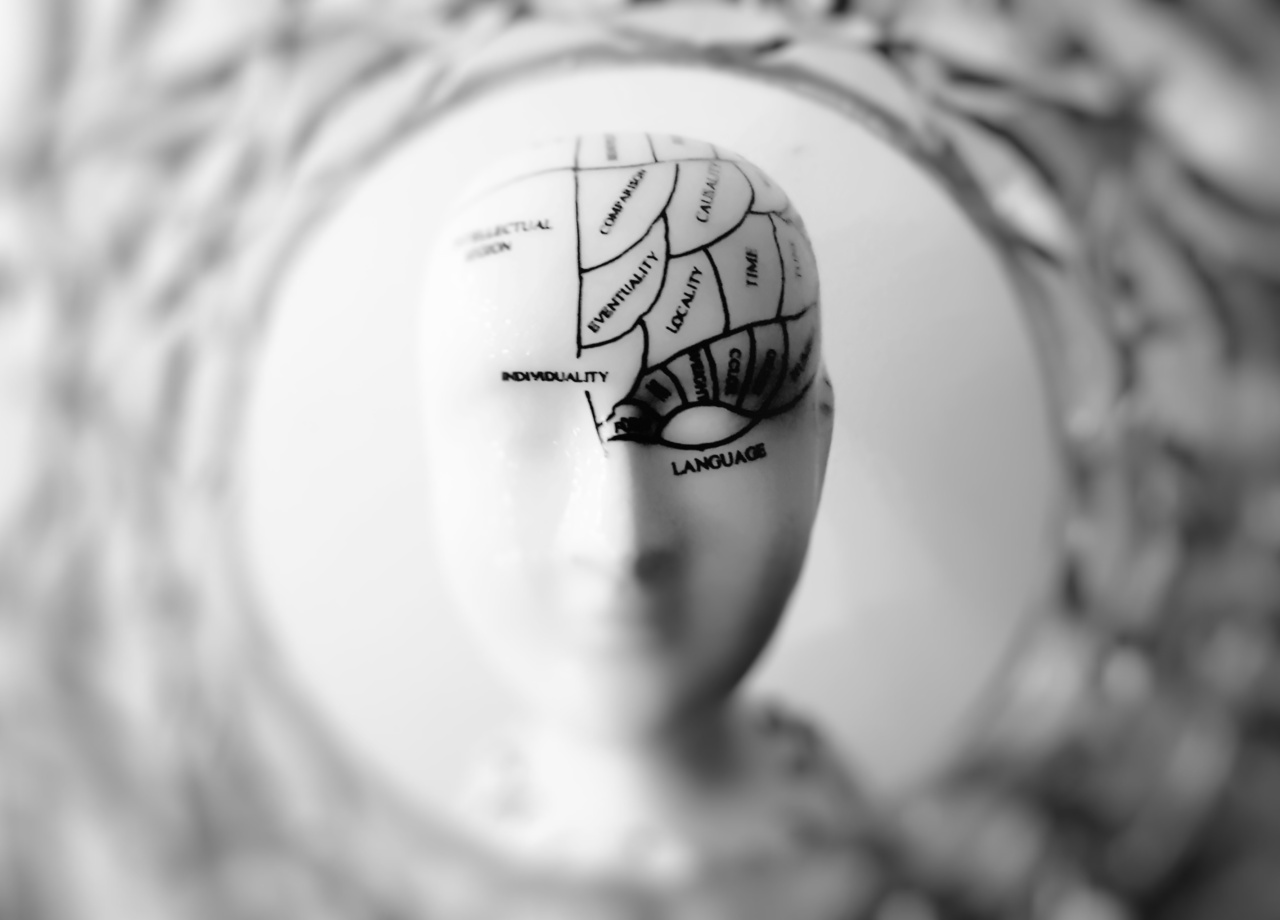The brain is a complex organ that controls our thoughts, emotions, and behaviors. It is responsible for processing information, coordinating movements, and regulating bodily functions.
However, like any other part of the body, the brain is also vulnerable to abnormalities that can affect its structure and function.
What are Brain Abnormalities?
Brain abnormalities refer to any deviation from the normal structure or function of the brain. These abnormalities can occur due to genetic factors, environmental influences, or a combination of both.
They can manifest at any stage of life, from prenatal development to old age.
Types of Brain Abnormalities
There are several types of brain abnormalities that can occur in individuals. These include:.
1. Genetic Abnormalities
Some brain abnormalities are caused by genetic mutations or inherited conditions. These abnormalities can disrupt normal brain development or cause degenerative conditions later in life.
Examples include Down syndrome, Huntington’s disease, and fragile X syndrome.
2. Developmental Abnormalities
Developmental abnormalities occur during the formation of the brain in utero. They can result from exposure to harmful substances, maternal infections, or genetic factors. Examples include spina bifida, anencephaly, and hydrocephalus.
3. Traumatic Brain Injuries
Traumatic brain injuries (TBIs) can result from a blow or jolt to the head or a penetrating head injury. TBIs can cause various abnormalities depending on the severity and location of the injury.
Concussions, contusions, and diffuse axonal injuries are common types of TBIs.
4. Neoplastic Abnormalities
Neoplastic abnormalities involve the growth of abnormal cells in the brain. These abnormal cells can form tumors, which can be either benign or malignant.
Brain tumors can interfere with normal brain function and may require surgical or medical intervention.
5. Vascular Abnormalities
Vascular abnormalities refer to conditions that affect the blood vessels supplying the brain. These abnormalities can disrupt blood flow to certain areas of the brain, leading to cognitive deficits or strokes.
Examples include arteriovenous malformations (AVMs), aneurysms, and strokes.
6. Degenerative Abnormalities
Degenerative abnormalities involve the progressive deterioration of brain tissue over time. These abnormalities can result in significant cognitive and motor impairments.
Alzheimer’s disease, Parkinson’s disease, and amyotrophic lateral sclerosis (ALS) are common degenerative brain disorders.
Who is Susceptible to Brain Abnormalities?
Brain abnormalities can affect individuals of any age, gender, or ethnicity. However, certain factors increase the susceptibility of individuals to these abnormalities:.
1. Genetic Predisposition
Some individuals may have an increased risk of developing certain brain abnormalities due to genetic factors. For example, individuals with a family history of Alzheimer’s disease may be more susceptible to developing the condition.
2. Environmental Exposures
Exposure to certain environmental factors can increase the risk of brain abnormalities. For example, prenatal exposure to alcohol or drugs can lead to developmental abnormalities in the brain of the fetus.
Similarly, exposure to toxins or pollutants in the environment can contribute to the development of brain abnormalities.
3. Trauma
Individuals who have experienced traumatic brain injuries (TBIs) are at an increased risk of developing brain abnormalities. The severity and frequency of the injuries can impact the likelihood of abnormalities occurring.
4. Age
Some brain abnormalities, such as degenerative disorders, are more commonly associated with older age. As individuals age, the risk of developing certain brain abnormalities increases.
5. Lifestyle Factors
Lifestyle factors, such as diet, exercise, and substance use, can also contribute to the susceptibility of individuals to brain abnormalities.
Unhealthy lifestyle choices, such as a sedentary lifestyle or excessive alcohol consumption, can increase the risk of developing certain brain abnormalities.
Conclusion
Brain abnormalities can occur due to a variety of genetic, developmental, traumatic, neoplastic, vascular, and degenerative factors.
While anyone can be affected by these abnormalities, certain individuals may be more susceptible due to genetic predisposition, environmental exposures, trauma, age, or lifestyle factors.
Learn about the various types of brain abnormalities and understand who is more susceptible to these conditions. Discover the factors that contribute to brain abnormalities and how they can impact an individual’s life.































